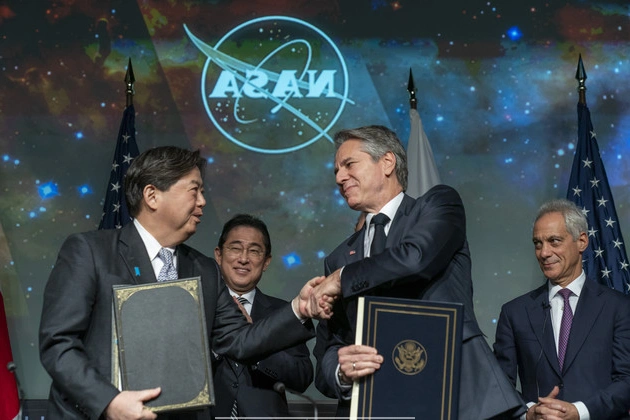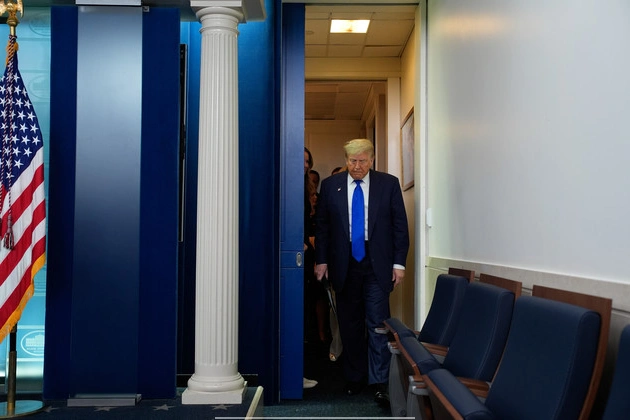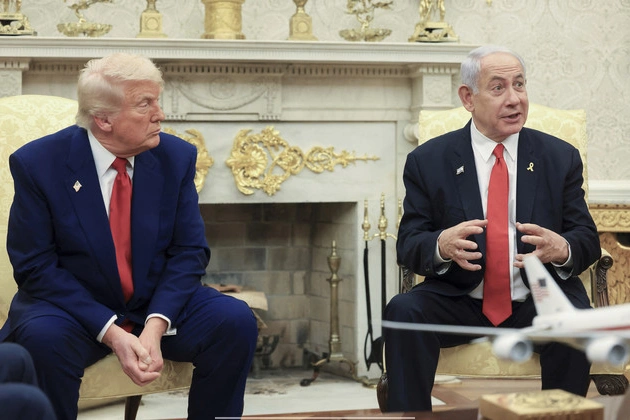
NASA is currently evaluating the possibility of reorganizing its operations, which could have far-reaching consequences on its coordination and influence within the space industry.
The proposed overhaul, reportedly driven by the Trump administration’s cost-cutting efforts, aims to decentralize the agency’s functions currently centralized at its headquarters in Washington. This restructuring could involve redistributing critical responsibilities, potentially affecting up to 2,500 jobs and altering the management of space exploration and major scientific missions.
The Strategic Role of NASA’s Headquarters
While NASA’s daily operations primarily occur at its 10 centers distributed across the country, its Washington office plays a pivotal strategic role. This office is instrumental in advocating for NASA’s priorities in Congress, securing support from the White House, and fostering collaborations with international partners on crucial space initiatives.
Although certain offices may remain in Washington following the restructuring, specific details regarding this aspect and job retention remain unclear.
Tom Culligan, a seasoned space lobbyist, highlighted the potential loss of connectivity as a major concern for NASA amidst this restructuring process.
Challenges and Opportunities
One of the primary challenges anticipated from this restructuring is the potential disruption to coordination among NASA’s leadership on critical issues. By relocating essential functions away from the headquarters, communication channels could become more convoluted and time-consuming.
Moreover, international collaborations in space endeavors, often facilitated through embassies in Washington, could face limitations, impacting projects like the International Space Station and NASA’s Artemis program.
Despite these challenges, the restructuring may offer certain benefits. Proximity to operational processes could enhance efficiency for headquarters employees, while providing legislative liaison staff with more opportunities to engage with lawmakers in their respective districts.
Political Dynamics and Cost Considerations
The potential relocation of NASA headquarters has sparked political maneuvering, with states vying to host the agency’s central operations. Previous efforts by states like Texas and Florida to secure the headquarters have intensified, fueled by promises of cost savings and enhanced local influence.
For instance, Florida Governor Ron DeSantis has advocated for moving NASA headquarters to his state, citing substantial cost savings. Such moves could not only impact NASA’s operational efficiency but also influence policymaking in the space sector.
As NASA navigates these complex decisions, the implications of this restructuring extend beyond internal operations to broader geopolitical and industry dynamics.
Stay tuned for further developments on NASA’s restructuring plans and the potential reshaping of the space agency’s operations.















